
If you want to be sure you can start the engine of your car regardless of the weather, you need to keep the battery in good working condition. Its average life expectancy is 5–7 years. It is advisable to replace the component at the end of this period. Read on to find out which battery types are the most demanded and efficient these days. We will also tell you about the things you need to consider when choosing a car battery.
What battery does my car need?
Choosing the right battery for your car involves several key steps. Start by consulting your vehicle’s owner’s manual to determine the recommended battery size, type, and specifications. Next, check the battery group size, which indicates the dimensions and terminal placement compatible with your car.
Pay attention to the battery’s cold cranking amps (CCA) and reserve capacity (RC); these specifications are crucial for ensuring reliable starts and sustained power. Consider the climate you drive in – higher CCA is essential for colder regions. Look for a battery from a reputable brand with a good warranty, as this ensures durability and support. Finally, confirm compatibility by cross-checking with a trusted dealer or mechanic.
Find the correct battery size
To find the correct battery size for your car, start by checking your vehicle’s owner’s manual, which lists the recommended group size. This size includes the battery’s dimensions, terminal layout, and compatibility with your vehicle. You can also examine the label on your current battery for size information.
If this isn’t available, use online battery lookup tools or consult an auto parts store by providing your car’s make, model, and year. Ensure the battery fits securely in the tray and meets power requirements like cold cranking amps (CCA) and reserve capacity (RC). Selecting the right size ensures a proper fit and reliable performance for your car.
Find the minimum cold cranking amps for your car
The general rule is one amp per cubic inch of engine displacement. Most vehicles require 250 to 600 CCAs, depending on engine size and weather conditions. In colder climates, a higher CCA rating is recommended for reliable starting, while smaller engines may require fewer amps.
Larger vehicles, such as trucks or motorhomes, may require 700 to 1,000 CCAs or more. To ensure the best performance, consult your owner’s manual or ask a mechanic to confirm your vehicle’s specific CCA requirements.
Determine the type of battery required
To choose the right type of battery for your car, start by checking your vehicle’s owner’s manual for the recommended specifications. Consider factors like your driving habits, climate, and the vehicle’s energy requirements. Make sure the battery meets the necessary cold cranking amps (CCA) and reserve capacity (RC) for reliable starts and consistent performance.
Always check compatibility with your car’s electrical system and ensure it fits securely in the battery tray. If you need further advice, ask your trusted mechanic or dealer for guidance.
Types of car batteries
Car batteries power vehicles and vary based on technology and application. Common types include flooded lead-acid, lithium-ion, enhanced flooded, AGM, deep cycle, and gel batteries.
- Flooded Lead-Acid Batteries: Traditional, cost-effective, and widely used in standard vehicles. Also referred to as wet cell batteries.
- Lithium-ion Batteries: Lightweight, durable, ideal for electric and hybrid vehicles.
- Enhanced Flooded Batteries: Advanced lead-acid design for start-stop technology.
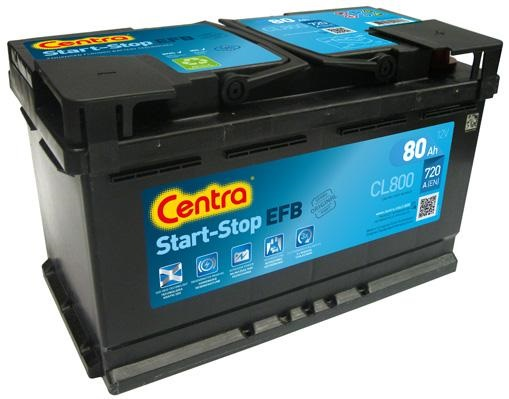
- Absorbent Glass Mat (AGM) Batteries: Durable, maintenance-free, and supports the high electrical demands of modern vehicles.
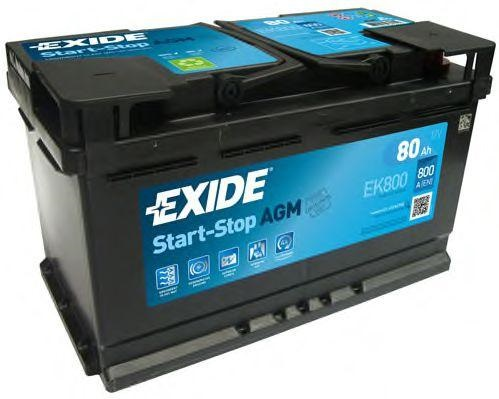
- Deep Cycle Batteries: Long lasting, suitable for recreational or marine use.
- Gel Batteries: Spill-proof with gelled electrolyte, but fragile and unsuitable for high-amperage or quick-charge situations.
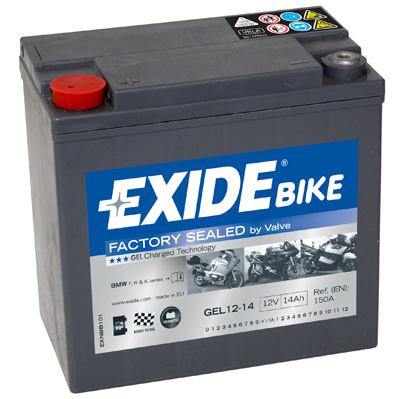
Parameters to consider when choosing a battery
When choosing a battery, it’s important to think about factors like type, capacity, and compatibility with your vehicle or application. Consider your specific needs, such as usage conditions, maintenance preferences, and budget. You can select a reliable, efficient battery that best suits your requirements by evaluating the following:
Capacity
It is measured in ampere-hours. This parameter indicates the current a battery can deliver during a 20-hour discharge with a voltage above 10.8V. For example, a 72 A⋅h battery has enough capacity to supply 3.6A for 20 hours. The more powerful the car, the higher the battery capacity required.
Cold cranking amps (CCA)
This value is measured in amperes. It shows the maximum current the battery can supply in the first seconds to start the engine at −18 °C. This value defines whether the battery has enough power to start the engine in winter. This parameter for cars should be above 255 A for petrol engines and 300 A for diesel engines.
Dimensions
They should be the same size as the standard equipment. Otherwise, you may find it difficult to fit the battery. For example, batteries for American cars have terminals on the side, unlike those for European cars, which have terminals on the top. They also have an internal thread.
The table below provides information on different battery group sizes, their corresponding dimensions and typical vehicle applications to help you ensure a correct fit and reliable performance for your vehicle.
| BCI Group Size | Dimensions (LxWxH) (inches) | Typical Vehicle Application |
| 24 | 10.25 x 6.8125 x 8.875 | Small to mid-size cars, sedans (e.g., Toyota Corolla) |
| 35 | 9.0625 x 6.875 x 7.875 | Compact cars, light trucks (e.g., Honda Civic) |
| 48 | 10.875 x 6.875 x 7.875 | European vehicles, SUVs (e.g., BMW 3 Series) |
| 65 | 12.0625 x 6.875 x 7.5 | Larger trucks and SUVs (e.g., Ford F-150) |
| 96 | 10.875 x 6.9375 x 7.5 | Many UK-specific cars with stop/start systems |
| 19 | 13.9375 x 6.9375 x 7.5 | Larger luxury cars (e.g., Audi A6, Range Rover) |
Polarity
It can be normal or reversed. In the first case, the positive terminal is on the left, and in the second – on the right. Normal polarity is usually marked with a 1 or L sign and reversed polarity with a 0 or R. The polarity of a new battery should be the same as that of an old one, otherwise, the cable will not be long enough to connect it.
Conclusion
The stable operation of electronic devices and the ability to start the engine directly depend on the condition of a car battery. It is therefore very important to choose one that meets the vehicle’s specifications. Information on the parameters of the battery installed as standard can be found on its casing or in the car manual. We advise you not to change the parameters of the selected unit: this could be dangerous.






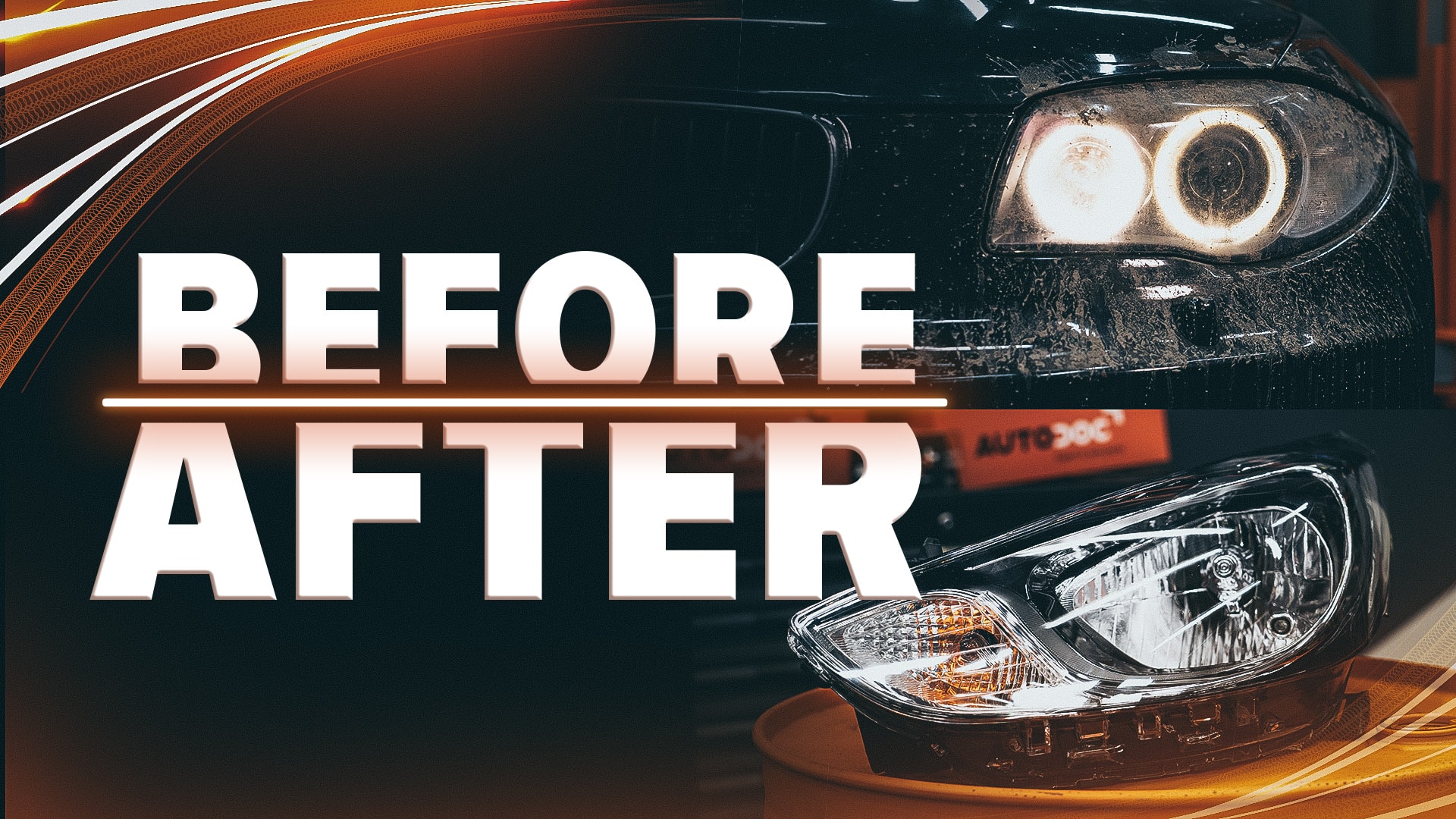
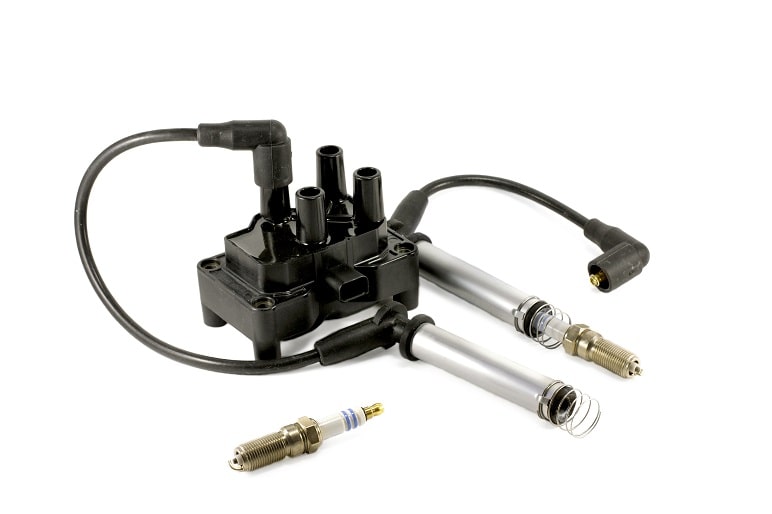
Comment